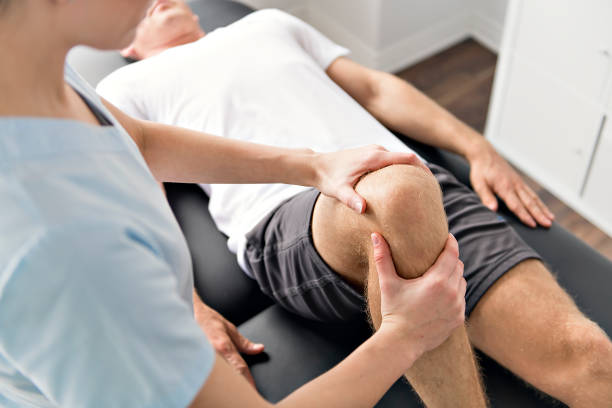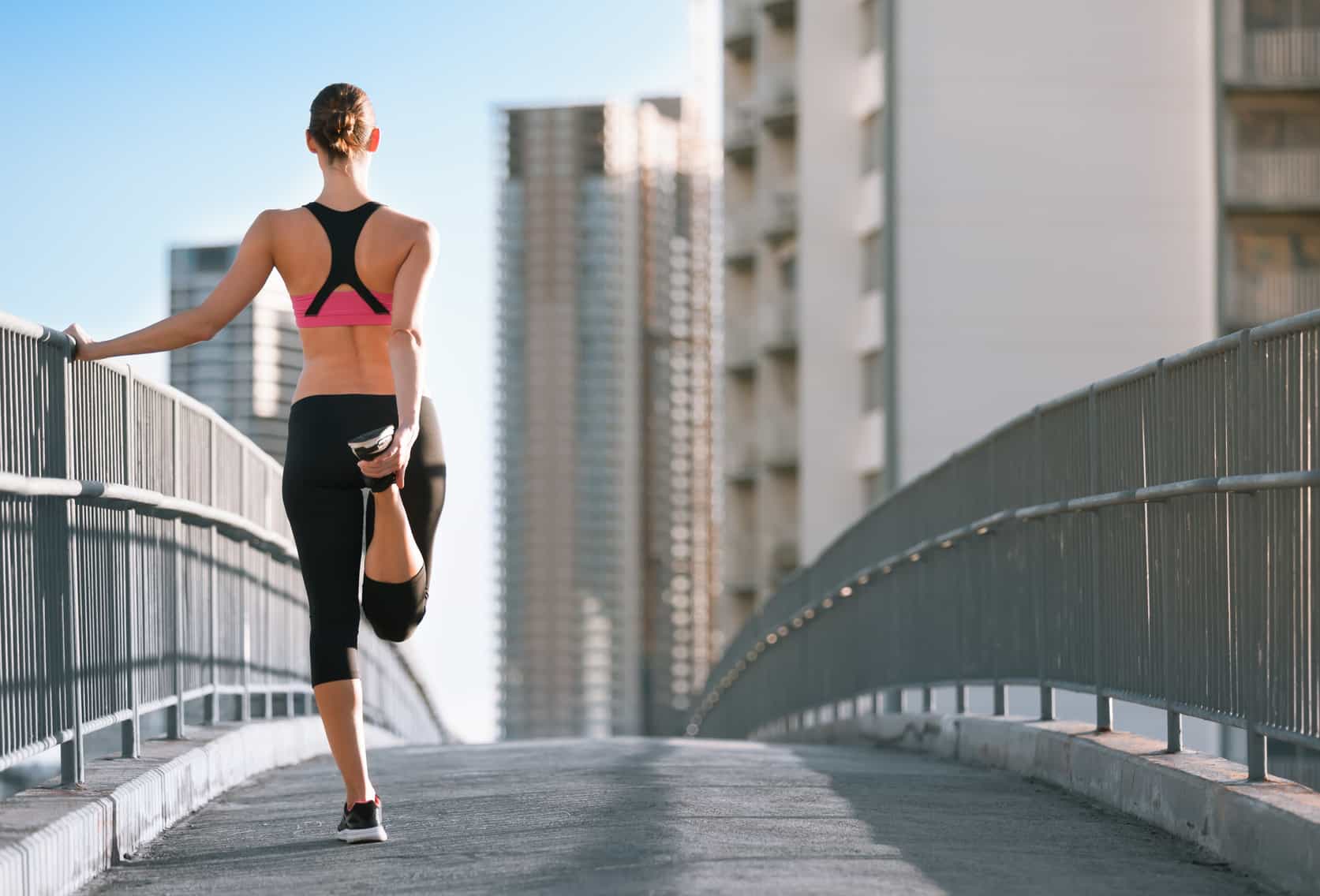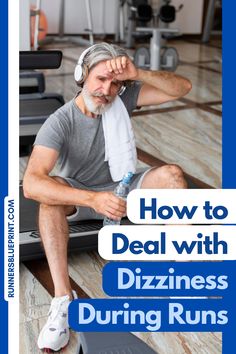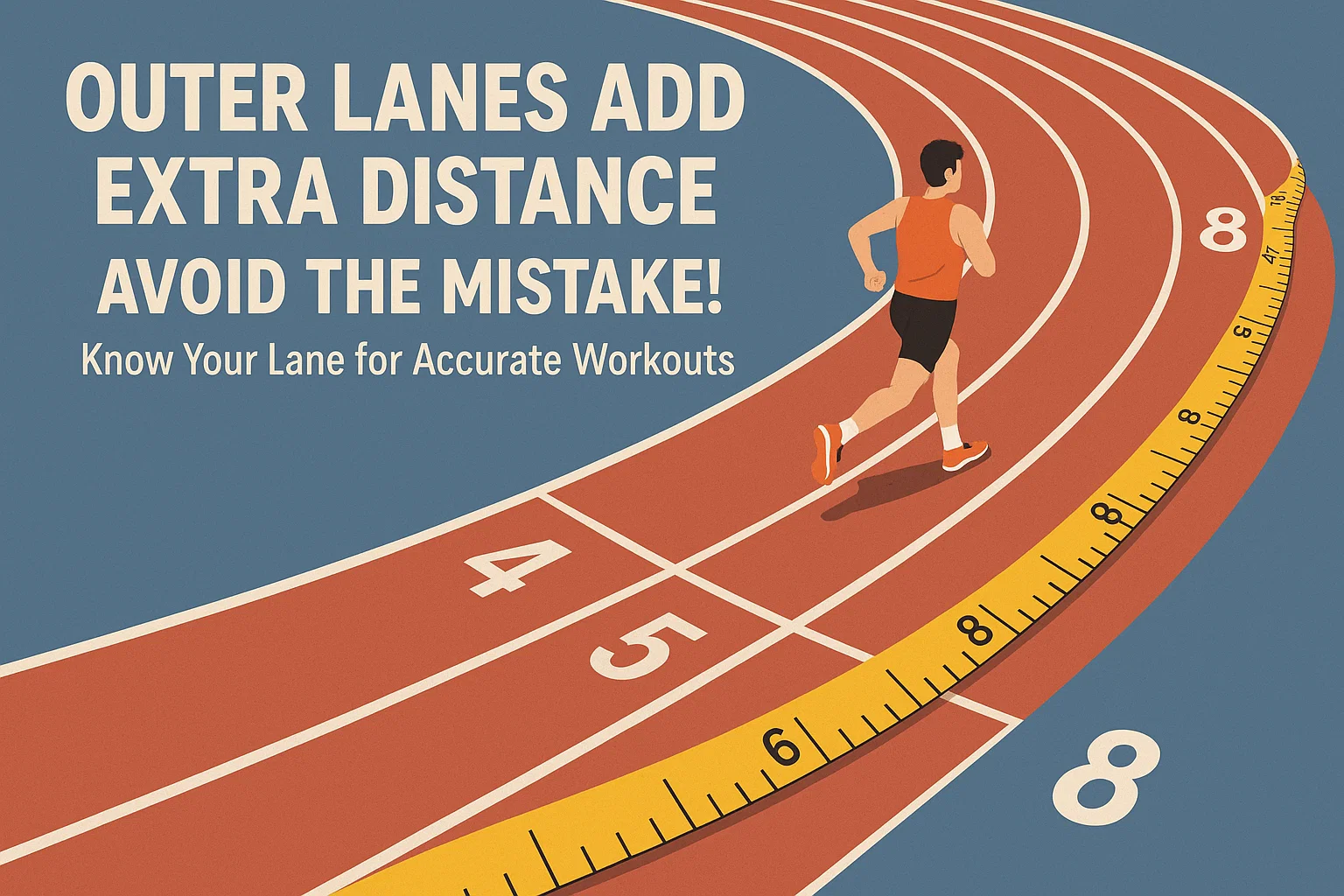Whether you’re a fresh-faced newbie eager to hit the pavement or a seasoned veteran who’s been pounding the pavement for years, one thing’s for sure: we all want to keep running consistent and enjoyable for the long haul. Am I right?
Well, you’re in luck because you’ve landed in the perfect spot. Get ready to discover some awesome strategies that will make running less painful and more pleasurable. Trust me, these tips will help you maximize your runs without the unnecessary hassle.
So, let’s lace up those shoes, get in the zone, and dive right into this article. Together, we’ll uncover the secrets to running with greater ease and enjoyment. Sounds like a plan? Great! Let’s hit the ground running!
1. Develop Proper Form
Picture this: you’re a runner, pounding the pavement with each stride, feeling the wind on your face and the exhilaration in your heart. But wait, there’s something missing. Ah, yes, proper form! It’s the secret sauce that can take your running game from mediocre to magnificent.
Now, you might be thinking, “But I’m not aiming for Olympic gold; why should I care about my running technique?” Well, my friend, let me drop some knowledge on you. Studies have shown that even for us casual runners, proper form is crucial. It’s like the foundation of a sturdy house or the melody in a beautiful symphony—it sets the stage for a flawless performance.
So, how do you develop this mythical proper running technique?
First and foremost, imagine yourself as a majestic tower, standing tall and proud. Keep your back flat, head up, and let your feet gracefully land beneath your body’s center of gravity. This alignment is like finding your rhythm in a dance, allowing you to glide effortlessly across the ground.
But wait, there’s more! Relaxation is the name of the game. Loosen that death grip on your jaw and unclench those fists. Let go of any tension in your facial muscles as if you’re releasing a deep sigh of relief. Trust me, and your body will thank you for it.
And here’s a little secret to add some pep to your step: increase your cadence. Aim for a rhythm of 170 to 180 strikes per minute. It’s like finding the perfect tempo in a song, propelling you forward with ease. And when it comes to speedwork and racing, don’t be afraid to crank up that cadence even more.
2. Dress Right
Now, here’s the scoop: to make your runs less painful and more enjoyable, you need to deck yourself out in the right gear.
Studies have shown that these magical fabrics have the power to whisk away moisture from your skin, keeping you dry and comfortable. It’s like having a personal sweat-wicking assistant by your side, ensuring that you don’t get bogged down by the dreaded sweat monster. Say goodbye to uncomfortable chafing and blisters, my friends.
Now, let’s talk about cotton. Ah, sweet, innocent cotton. It may be soft and cozy, but when it comes to running, it’s a big no-no. Why, you ask? Well, cotton has a sneaky little secret—it loves to soak up moisture like a sponge and hold onto it for dear life. Once it’s wet, it’s like running with a wet blanket clinging to your body.
But wait, there’s more to dressing right than just choosing the right materials. Let me introduce you to the “20 degrees rule.” Picture this: you step outside, and it’s a sunny day with a temperature of 70 degrees Fahrenheit. Now, imagine dressing as if it’s actually 20 degrees hotter. Why, you ask? Well, when you start running, and your body heats up, you don’t want to be weighed down by excessive layers.
Now, don’t worry. Dressing right doesn’t mean breaking the bank. You don’t need to empty your pockets for fancy brand names or high-end gear. It’s all about finding the right clothing for the job. Look for affordable options that are specifically designed for running. Trust me, your wallet and your comfort levels will thank you.
3. Get The Right Shoes
Listen up, my fellow runners! We’re about to embark on a quest for the holy grail of running—finding the right shoes. Believe me when I say proper footwear can make all the difference in your running journey. It’s like having a trusty steed that carries you swiftly and painlessly through the miles. So, let’s dive in and discover the secrets of getting the right shoes.
First things first, let’s talk about the dark side of running—pain and injury. Improper training shoes are like villains lurking in the shadows, ready to sabotage your running experience. They can be the root cause of all sorts of woes, from pesky blisters to nagging knee pain. But fear not, my friends, for we have a solution.
Picture this: you stride into a running store, feeling like a celebrity walking the red carpet. But instead of photographers, you’re greeted by a team of shoe experts ready to analyze your every move. They’ll examine your gait and foot type, dissecting every step you take to determine which pair of shoes will be your perfect match.
Now, here’s a fun fact for you: the average lifespan of a running shoe is like a journey through the miles, spanning somewhere between 400 to 600 miles. But hold on, that number can vary depending on factors like your stride and the terrains you conquer. For most of us, that translates to around 5 to 6 months of regular running adventures.
But wait, there’s more to this footwear extravaganza. Let’s not forget about the unsung heroes of our running ensemble—the socks! They may seem small, but their impact is mighty. Look for socks made of wicking fabrics designed to keep your precious footsies dry and cozy. It’s like wrapping your feet in a magical shield that repels moisture and provides a snug, supportive embrace.
Again, you don’t need to break the bank to find your perfect pair of running shoes. You don’t have to be a millionaire or a shoe model to rock the latest trends. Comfort should always be your number one priority. With a budget of around $60 to $90, you can snag yourself a quality pair that will accompany you on countless adventures.
4. Warm Up Right
Imagine yourself stepping onto the starting line of a race, feeling the adrenaline pumping through your veins. But hold on, my friends, before you take off like a rocket, there’s something crucial you must not overlook—the warm-up. Skipping it is like playing with fire, tempting fate, and inviting disaster to crash your running party.
So, here’s the golden rule of warming up: start slow and build up the heat gradually. It’s like kindling a fire, starting with a small spark and letting it grow into a blazing inferno. Begin your running session with a gentle 5 to 10 minutes of slow jogging. This will kickstart your heart rate, awaken your muscles, and prepare your body for the challenges that lie ahead.
Now, let’s spice things up a bit. If you’re planning to unleash your inner speed demon and engage in some sprints or hill reps, it’s time for a dynamic warm-up extravaganza. Think of it as a dance routine that limbers up your body, getting every muscle fired up and ready to rock. Include exercises like lunges, squats, inchworms, and all sorts of movements that awaken your inner athlete.
But wait, there’s more to the warm-up party! Forget about those static stretches that leave you feeling like a statue. Instead, opt for body looseness exercises that bring life and vitality to your muscles. It’s like oiling the gears of a well-oiled machine, ensuring smooth and effortless movement. Perform knee circles, ankle rolls, hip rotations—anything that gets your body loose without putting too much strain on your cold muscles and joints.
Now, my friends, I have a special treat for you—a dynamic warm-up routine that will elevate your running experience to new heights. It’s like a secret handshake among runners, a ritual that connects us all in the pursuit of greatness. Follow this routine, and you’ll feel like a superhero ready to conquer the world.
5. Keep your Tanks Humming
Just like a car needs the right type and amount of fuel to run smoothly, our bodies crave the perfect blend of nourishment to power us through our runs. So, let’s explore the fascinating realm of proper fueling and discover the secrets to keeping our tanks humming.
Now, before we dig in, it’s essential to understand that the quantity and quality of your fuel intake depend on various factors like your running schedule, duration, and intensity. Think of it as a customized menu designed exclusively for you and your running adventures.
First things first, if you’ve indulged in a delightful feast, it’s best to give your digestive system some time to work its magic before hitting the pavement. Wait for around 2 to 3 hours after a big meal before you embark on your running journey. This allows your body to digest the food, extract the precious energy it holds, and prevent any unwanted gastrointestinal distress along the way. Trust me, you don’t want an upset stomach crashing your running party.
But hey, running on empty is not always a problem, my friends! For those short and easy runs, you can lace up your shoes and hit the road without worrying about fueling beforehand. It’s like taking a quick joyride around the block in your trusty running machine. Just make sure to listen to your body and refuel when it signals that it’s time for a pit stop.
Now, let’s talk about the magical pre-run snacks—the mini powerhouses that provide you with a quick burst of energy to kickstart your running adventure. Picture yourself on a grand quest, and these snacks are your trusty companions, ready to fuel your every stride. Opt for something easily digestible, like a banana, a handful of dried fruit, or a refreshing smoothie. These delectable treats provide the fuel your body needs without weighing you down or causing any unwanted digestive issues.
6. Stay Hydrated
Proper hydration is like a refreshing oasis in the midst of your running adventures. It helps flush out toxins, keeps your body temperature in check, and even reduces inflammation caused by those mighty cells working hard to carry you forward. It’s the elixir that keeps your running machine running smoothly, preventing those dreaded muscle cramps, headaches, and fatigue from crashing your party.
Now, let’s talk numbers, my thirsty comrades. As a general guideline, aim to drink at least half of your body weight in ounces each day. So, if you weigh 180 pounds, challenge yourself to sip on a refreshing 90 ounces of water throughout the day. I know it might sound like a lot but fear not! You don’t have to gulp it all down in one go. With a little practice and some mindful sips here and there, you’ll transform hydration into a habit that keeps you quenched and ready for your running adventures.
But what about those long runs where your body craves more than just a few sips? Fear, I have a solution for you. Plan your routes strategically, keeping in mind the locations of convenience stores or fountains where you can quench your thirst along the way. It’s like mapping out an adventure with secret water oases, ensuring that hydration is never far from your reach. You can even run with a trusty handheld water bottle or sport a stylish hydration belt—accessories that not only keep you hydrated but also make you look like a true running warrior.
And here’s a little anecdote to drive home the importance of staying hydrated. Imagine your body as a well-oiled machine, gears turning, muscles firing, and energy flowing freely. But without proper hydration, it’s like forgetting to refill the oil in your beloved machine. It starts to sputter, the gears grind to a halt, and your once smooth-running adventure becomes a struggle. But fear not, my friends, for the remedy, is simple—sip, sip, sip that water and keep those hydration levels soaring.
7. Listen to Your Body
Let’s talk about a crucial aspect of your running journey—listening to your body. Imagine your body as a wise old friend, whispering words of wisdom, dropping hints, and nudging you in the right direction. It’s like having a personal running coach within you, always ready to guide you if you’re willing to lend an ear.
You see, my friends, no one knows your body better than you do. It’s a unique masterpiece, finely tuned and designed specifically for you. So, when it comes to what works best for your running, the power is in your hands. You’re the captain of your running ship, the conductor of your training orchestra. But to steer in the right direction, you must learn to listen to the melodies your body plays.
Our bodies are incredible communicators, always sending signals to let us know how they’re doing. It’s like a secret language, and all we have to do is tune in and decipher the messages. Perhaps it’s a slight ache in your knee or a feeling of heaviness in your legs. Maybe it’s a burst of energy that tells you it’s time to push a little harder or a subtle fatigue that urges you to take a well-deserved rest. These signals, my friends, are precious nuggets of information guiding you toward running bliss.
But here’s the thing: listening is just the first step. You must also be willing to take action based on what your body is telling you. If you find yourself experiencing acute overtraining symptoms—persistent fatigue, decreased performance, irritability—while pushing through intense intervals like hill reps or sprints, it’s time to heed your body’s warning.
By ignoring these signals, you not only increase the risk of injury but also hinder your progress in the long run. It’s like driving a car with a blinking warning light and pretending everything is fine. Let’s not do that, my friends.
Conclusion
Now, I invite you to share your thoughts, anecdotes, and questions in the comment section below. Let’s create a vibrant community where we support and inspire each other on this incredible running adventure.
Thank you for joining me today, and may your running be filled with joy, determination, and the sweet harmony of listening to your body. Keep training strong, my friends.
With gratitude,
David D.


















